Table of Contents
- 1 Key Takeaways for Urban Navigation Tips
- 2 Using Physical or Offline Maps
- 3 Learn Street Signs for the Region
- 4 Landmarks for Orientation
- 5 Public Transport Apps
- 6 Plan Routes in Advance
- 7 Safe Walking Routes
- 8 Avoid Peak Hours
- 9 Ask Locals Directions
- 10 Practice Situational Awareness
- 11 Emergency Contacts
- 12 Final Remarks on Urban Navigation Tips
- 13 Urban Navigation Tips F.A.Q’s.
- 13.1 How can I effectively navigate in urban areas without relying on technology?
- 13.2 What are the benefits of using physical or offline maps for navigation in urban settings?
- 13.3 Why is it important to learn street signs specific to the region when navigating urban environments?
- 13.4 How can public transport apps assist in navigating urban environments efficiently?
- 13.5 Why is practicing situational awareness crucial for urban navigation?
Views: 20
Navigating through urban jungles can be daunting. Urban navigation tips will help you in maneuvering the city in a pinch. Whether you’re a city slicker navigating the concrete jungle or a novice explorer on a journey, mastering practical strategies and techniques for urban navigation and survival is key for personal security. From deciphering complex street layouts to dodging traffic like a pro, these practical strategies and lessons will elevate your urban navigation game in the concrete jungle of city life. Simple things such as how to blend in with locals, and choose the best routes for seamless travels can go a long way. Stay ahead of the concrete chaos with these savvy urban navigation and survival tips, techniques & strategies.
- Utilize physical or offline maps: Always carry a map of the area to navigate effectively, especially in urban environments where technology may not always be reliable.
- Familiarize yourself with street signs: Learning the street signs specific to the region can help you orient yourself and find your way around more efficiently.
- Use landmarks for orientation: Identify key landmarks in the area to serve as reference points for navigation, making it easier to navigate without getting lost.
- Take advantage of public transport apps: Use apps that provide real-time information on public transportation schedules and routes to navigate the city efficiently for your journey.
- Plan your routes in advance: Before heading out on your journey, plan your routes to familiarize yourself with the area and avoid getting lost or ending up in unsafe areas.
- Choose safe walking routes: Opt for well-lit and populated paths when walking in urban areas, especially at night, to ensure your safety and avoid potential risks.
Using Physical or Offline Maps
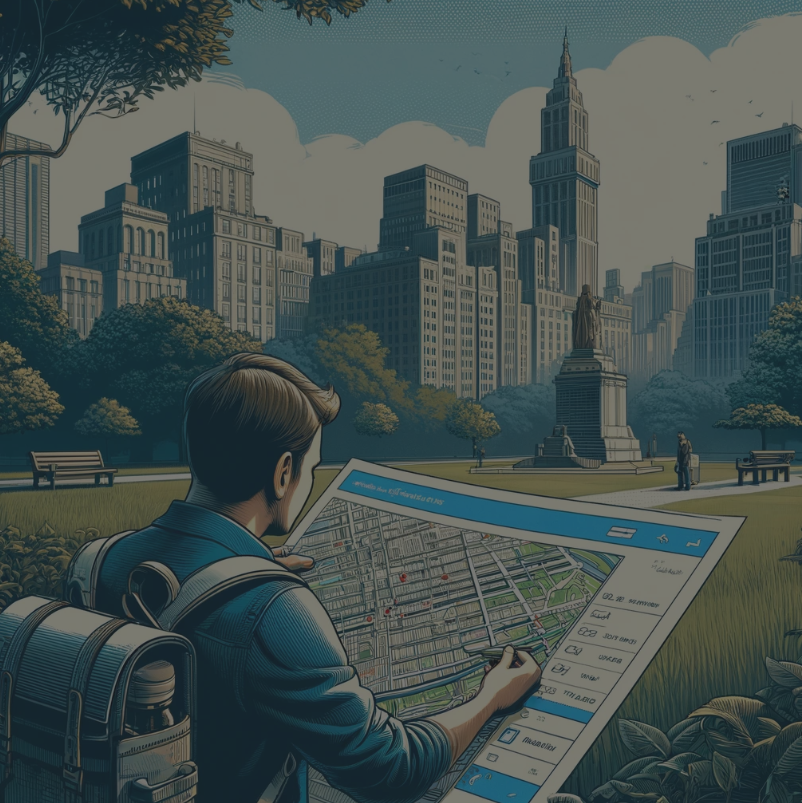
Physical or offline maps are invaluable tools for urban survival, especially in situations where technology may fail. Here are some key points to consider:
Layout Familiarity: Utilize offline maps apps to familiarize yourself with the city’s layout beforehand. This proactive approach can help you navigate efficiently during emergencies.
Handiness: Keep physical maps readily accessible, as they can be a reliable backup when electronic devices run out of battery or lose signal.
Landmark Navigation: Physical maps often highlight prominent landmarks, which can serve as crucial reference points for accurate navigation in unfamiliar urban environments.
Learn Street Signs for the Region
Studying and memorizing common street signs in urban areas is crucial for efficient navigation in city life. Understanding the meaning of different street signs can significantly enhance your ability to move around and find your way in bustling urban environments.
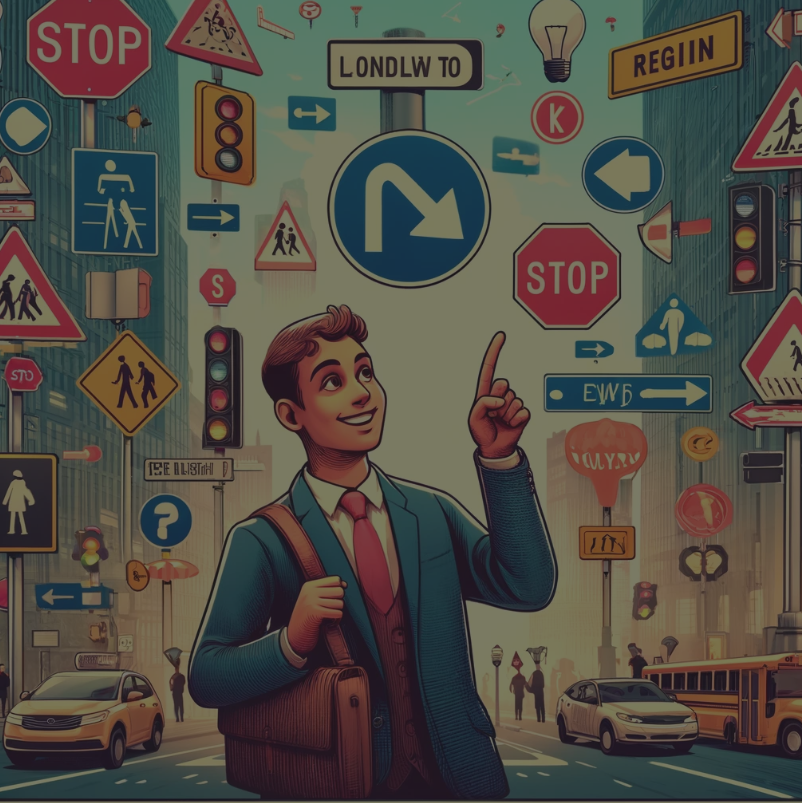
Recognizing unique street signs that indicate specific locations or directions can be a lifesaver for urban survival scenarios when trying to navigate through busy streets and unfamiliar neighborhoods. By familiarizing yourself with these signs, you can store valuable information that will help you navigate with ease.
Learning the lessons behind street signs not only aids in finding stores and other destinations but also ensures safety by following regulations set by local authorities. Being aware of street sign meanings can prevent accidents, fines, or unnecessary detours while exploring urban areas.
Moreover, grasping the significance of various street signs allows you to adapt quickly to new surroundings and make informed decisions on which routes to take. This knowledge provides a sense of confidence and independence when maneuvering through the city’s intricate network of roads and pathways.
In essence, mastering the art of interpreting street signs tailored to the region you are in is a fundamental skill for anyone looking to navigate urban landscapes effectively.
Landmarks for Orientation

Prominent landmarks play a crucial role in navigating urban environments effectively. Identifying key landmarks allows you to orient yourself and move around the city with ease for urban naviation. By using well-known landmarks as reference points, you can enhance your navigation skills and reduce the chances of getting lost.
Memorizing significant landmarks provides a reliable guide for your movements in bustling urban areas. These landmarks serve as anchor points that help you maintain your sense of direction and navigate through unfamiliar surroundings confidently. Whether it’s a distinctive building, a famous monument, or a unique structure, recognizing these features can be invaluable during your travels.
In cities where streets may seem maze-like and confusing, relying on prominent landmarks for navigation in urban settings simplifies the process of finding your way around. They not only offer visual cues but also aid in creating mental maps that assist in route planning and decision-making while exploring urban landscapes.
Understanding the importance of landmarks for orientation can significantly enhance your urban survival skills by providing a reliable framework for navigation. By leveraging these recognizable features, you can navigate complex city layouts more efficiently and enjoy a smoother travel experience.
Public Transport Apps
Public transport apps are essential tools for urban survival, providing real-time route information and helping you navigate efficiently through the city. By utilizing these apps, you can easily plan your journey, check for updates on schedules, and choose the most convenient routes to reach your destination.
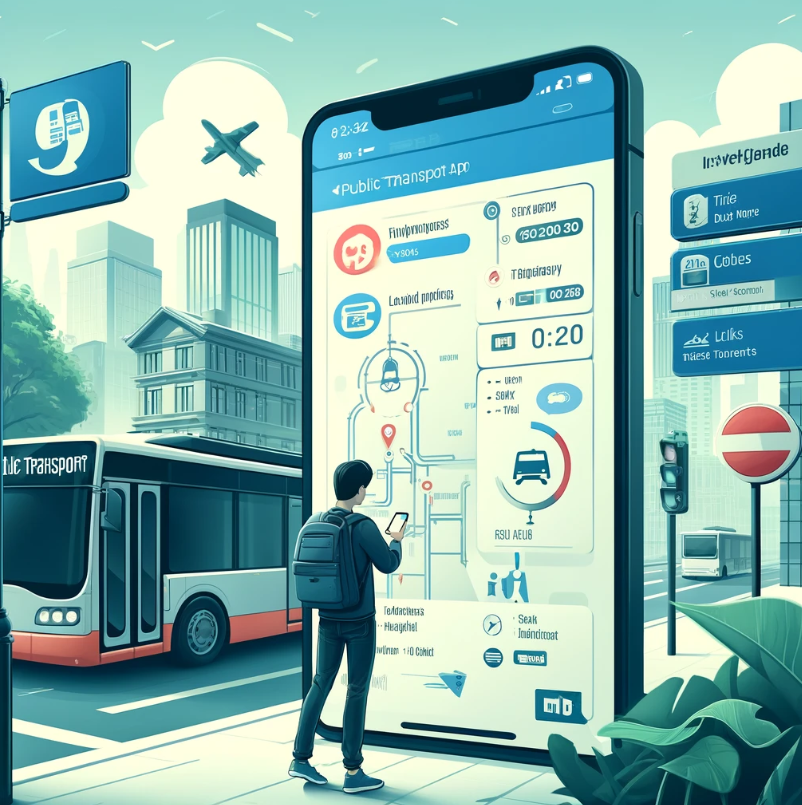
Key Features:
- Real-Time Updates: Stay informed about any delays or changes in public transport schedules to avoid unnecessary waiting times.
- Route Planning: Plan your journey in advance by exploring different routes, modes of transportation, and estimated travel times.
- Buying tickets: You can often times buy tickets or pay fares right on the apps.
Benefits of Using Public Transport Apps:
- Efficiency: Save time by choosing the fastest or most convenient routes based on real-time information.
- Cost-Effective: Opt for the most economical transport options available in your area to save money on commuting.
- Environmental Impact: Reduce your carbon footprint by utilizing public transport instead of private vehicles.
Incorporating public transport apps into your daily routine can significantly enhance your urban navigation experience, making it smoother and more efficient.
Plan Routes in Advance
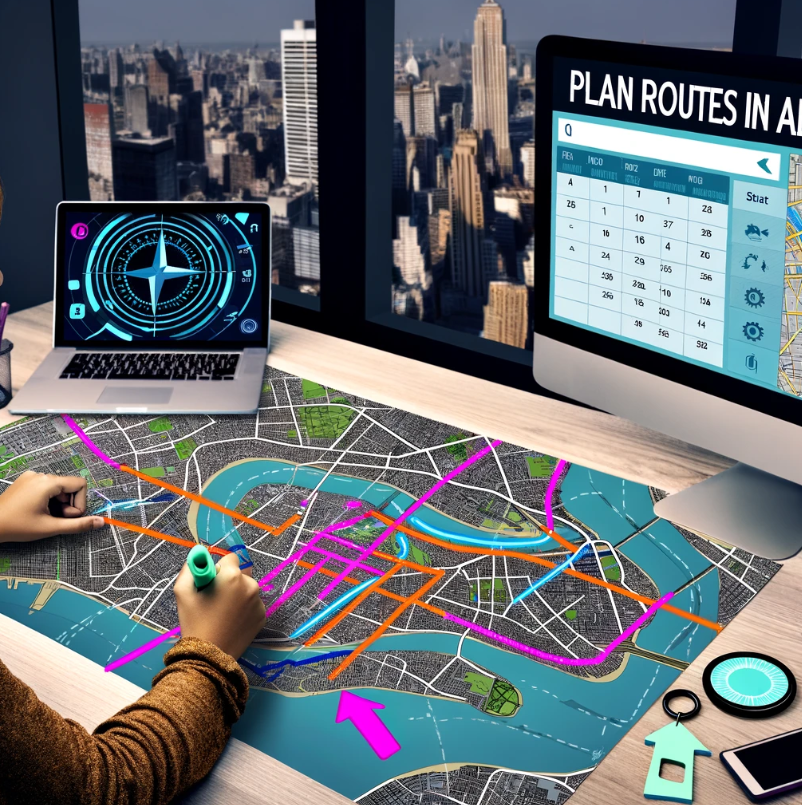
When navigating through urban areas, planning routes in advance is crucial for efficient and safe travel. By plotting multiple routes, you can avoid congested areas and unexpected roadblocks, ensuring smooth progress towards your destination.
Consider different scenarios that may arise during your journey and plan alternative routes accordingly. This proactive approach allows you to adapt quickly to unforeseen circumstances, such as traffic jams or road closures, enabling you to reach your destination promptly.
Having flexible routes prepared is essential, especially in emergencies where time is of the essence. By planning for various contingencies, you can navigate efficiently even when faced with unexpected challenges on the road.
Statistics show that individuals who plan their routes in advance are more likely to arrive at their destinations on time and with minimal disruptions. Studies have indicated that having a well-thought-out navigation strategy can significantly reduce travel time and stress levels during urban commutes.
Incorporating the habit of strategic route planning into your daily routine can enhance your overall urban survival skills and contribute to a smoother travel experience in bustling city environments.
Safe Walking Routes
When navigating urban environments, prioritizing safe walking routes is crucial for urban survival. Opt for pathways that are well-lit and avoid isolated areas to minimize risks during your journey through the concrete jungle.
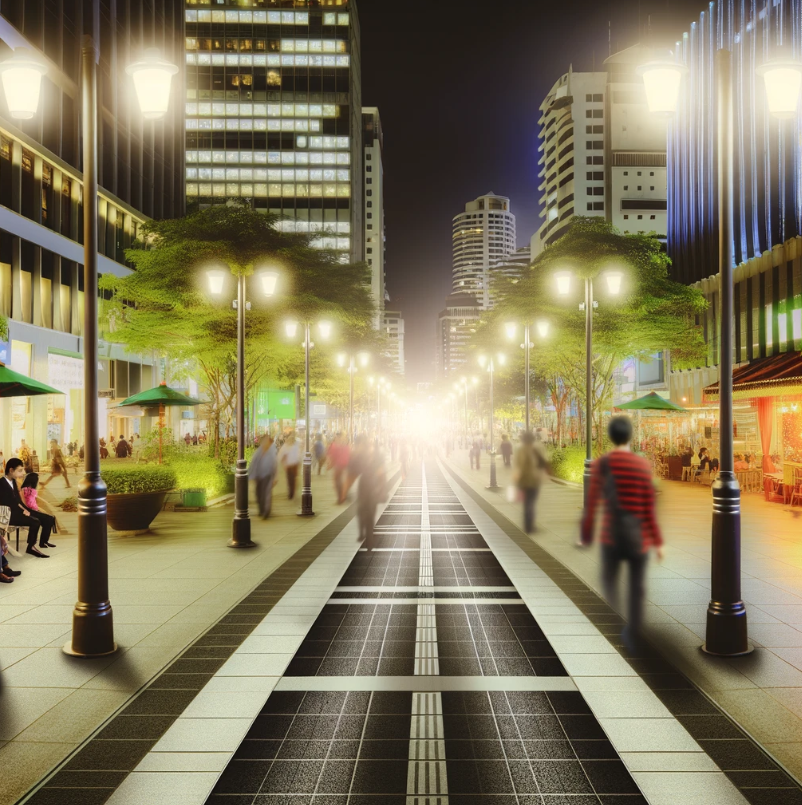
Key Points:
- Choose pedestrian-friendly routes to ensure a secure and smooth journey.
- Select paths that are well-traveled by others, enhancing safety through visibility and potential assistance if needed.
- Avoid shortcuts through alleys or secluded areas, opting instead for main streets with higher foot traffic.
Avoid Peak Hours
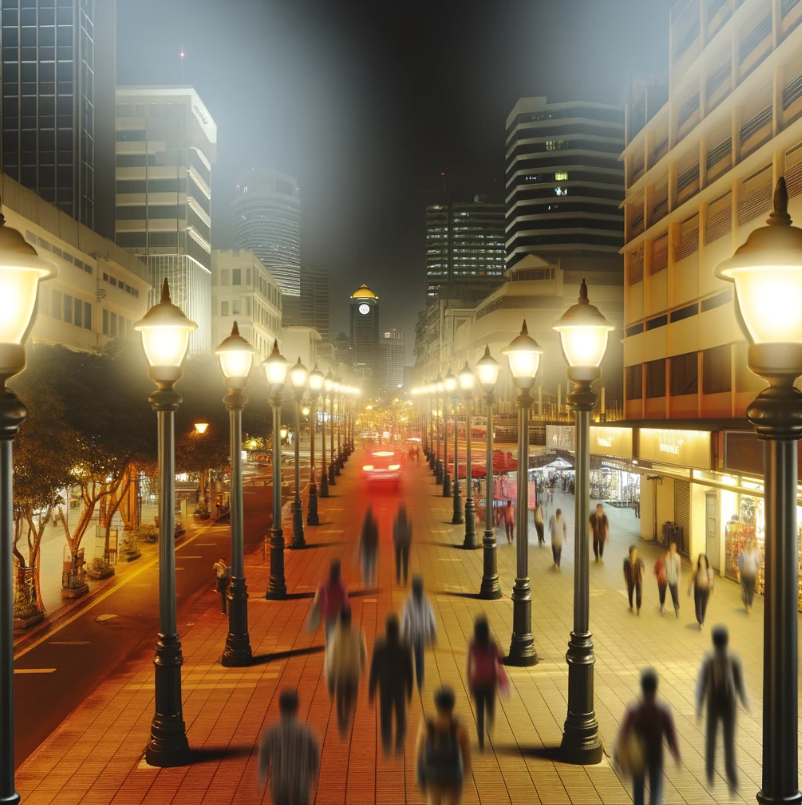
Planning your movements during off-peak hours is crucial when navigating urban areas. By avoiding high population times, you can significantly reduce your exposure to crowds and potential risks. Scheduling activities outside of peak hours allows for smoother navigation through busy city streets. This strategic approach not only minimizes delays but also enhances your overall safety in urban environments.
Avoiding rush hours is key to ensuring a stress-free and efficient commute. By steering clear of peak times, you can navigate public transportation systems more easily and avoid overcrowded areas.
Ask Locals Directions
Approach locals to gain insights into navigating the urban surroundings effectively.
Engage with residents to uncover hidden shortcuts and safe routes within the city.
Gathering information from locals can provide valuable knowledge about the city’s layout and help you navigate efficiently.
Residents often know the best routes, avoiding congested areas and guiding you through safer paths.

By interacting with locals, you can discover unique landmarks or lesser-known spots that might not be on conventional maps.
Utilize their advice for a more immersive experience, delving into the heart of the city beyond typical tourist attractions.
Seeking guidance from residents is not just about navigation; it’s also an opportunity to connect with the community and learn about local customs and traditions.
Bartering conversations can sometimes lead to unexpected discoveries or memorable encounters during your urban exploration.
Incorporating local insights into your navigation strategy enhances your overall experience in an unfamiliar city, making your journey more enriching and authentic.
Practice Situational Awareness
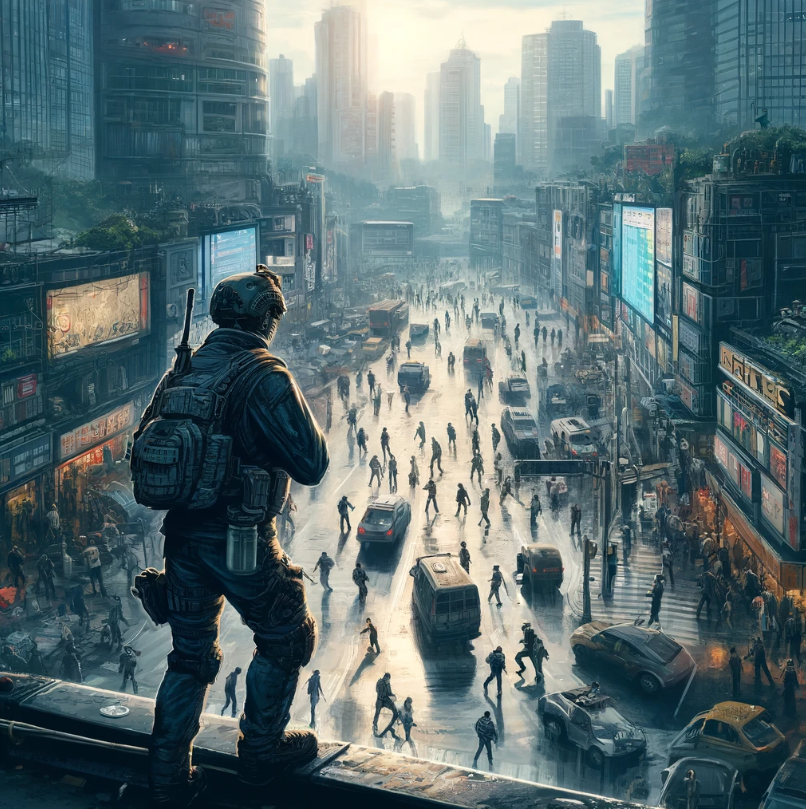
Situational awareness is crucial in survival situations, making a significant difference in urban settings. By staying vigilant and observant, you can enhance your personal security and navigate through myriad challenges effectively.
- Stay alert to your surroundings for potential threats.
- Scan for unusual activities or individuals to identify potential risks.
- Develop the ability to assess risks and adapt to changing urban conditions.
Practical strategies include being mindful of exits in crowded areas, avoiding distractions like excessive phone use, and trusting your instincts when feeling uneasy about a situation.
Implementing situational awareness can be exemplified through case studies where individuals were able to avoid dangerous scenarios by being aware of their surroundings. This knowledge empowers you to make quick decisions in unexpected situations, ensuring your safety in urban environments.
In essence, cultivating situational awareness is not just a skill but a mindset that can protect you from harm and equip you with the necessary tools to navigate any survival situation with confidence.
Emergency Contacts
Having a reliable list of emergency contacts is crucial for navigating urban emergencies effectively.
- Quick Assistance: Emergency contacts provide immediate help when disaster strikes, ensuring swift responses during crises.
- Coordinated Responses: Sharing emergency contacts with trusted individuals enables coordinated efforts in times of panic and uncertainty.
- Local Authorities: Including local authorities and essential services in your emergency contact list ensures access to necessary resources during emergencies.
In urban settings, having a strong community network can significantly impact your ability to navigate potential threats. By establishing a list of emergency contacts that includes family members, local shelters, medical facilities, and relevant authorities, you create a safety net for yourself and others in times of need.
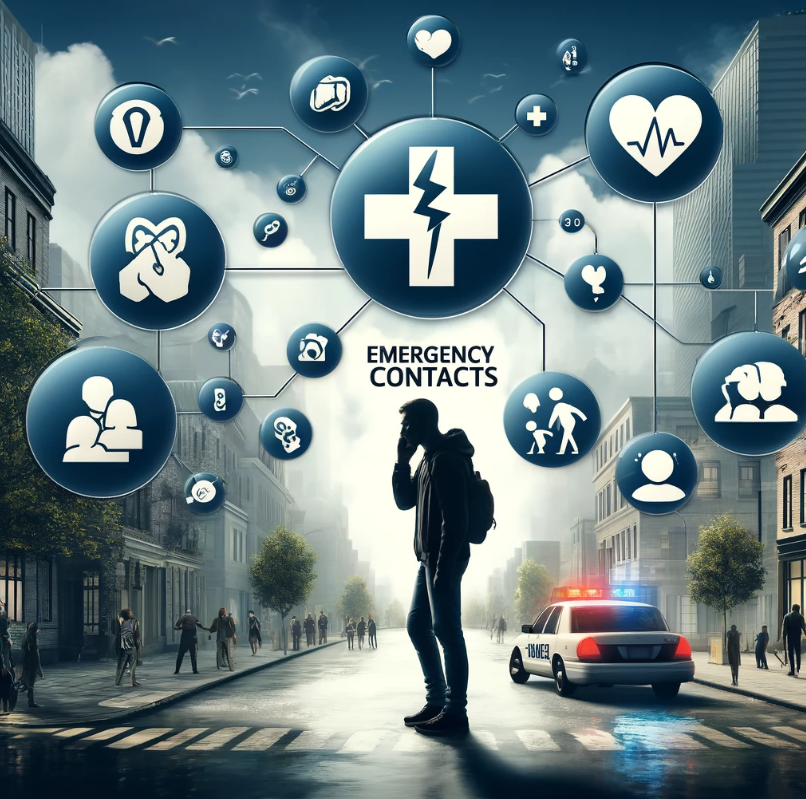
During natural disasters or other crises, having a well-prepared list of emergency contacts can be the difference between safety and danger. Ensure that your emergency contacts are easily accessible on your phone or written down in a secure location. Regularly update this list to reflect any changes in contact information or additional sources of assistance within your community.

By mastering these urban navigation tips for survival, you equip yourselves with the tools needed to confidently traverse city streets. Using physical maps, learning street signs, and planning routes in advance will ensure you always know where you are and where you’re headed. Being aware of your surroundings, choosing safe walking routes, and avoiding peak hours enhance your safety in urban environments. Remember to utilize public transport apps, seek help from locals when needed, and keep emergency contacts handy for added security. Stay vigilant and be ready during emergency preparedness situations to navigate any city with ease.
Take charge of your urban adventures by implementing these strategies into your routine. Your confidence and safety in navigating bustling cityscapes will significantly improve. Stay aware, plan ahead, and trust in your ability to navigate any urban environment effectively. You can also check out our tips on wilderness navigation to learn more about navigation skills!
To navigate urban areas without technology, use physical maps, learn street signs and landmarks, plan routes in advance, avoid peak hours, ask locals for directions, practice situational awareness, and have emergency contacts ready.
Physical or offline maps provide reliable navigation even without internet access, offer a big-picture view of the area, help in understanding the layout of streets and landmarks, and ensure you stay on track without getting lost.
Learning street signs specific to the region helps you understand traffic regulations, navigate safely through intersections, follow directions accurately, and communicate effectively with locals if you need assistance while exploring the area.
Public transport apps provide real-time information on schedules and routes, help in planning your journey effectively, offer alternative transport options during emergencies or delays, and ensure you reach your destination using the most convenient public transportation methods available.
Practicing situational awareness allows you to stay alert to potential risks or dangers in unfamiliar surroundings, make informed decisions about your route choices, avoid unsafe areas or situations, and enhance your overall safety while navigating through urban environments.



